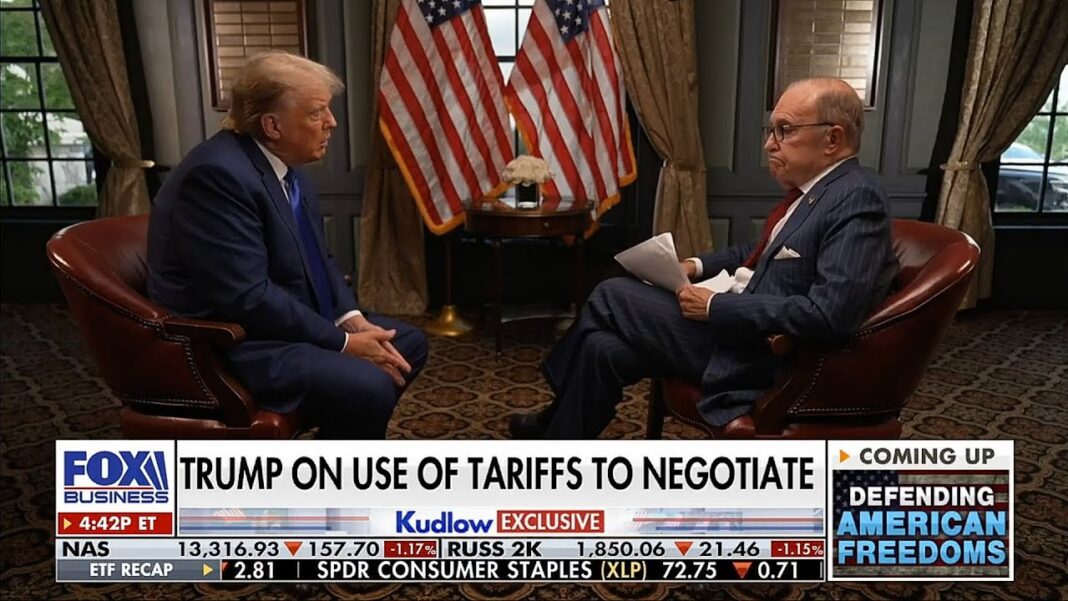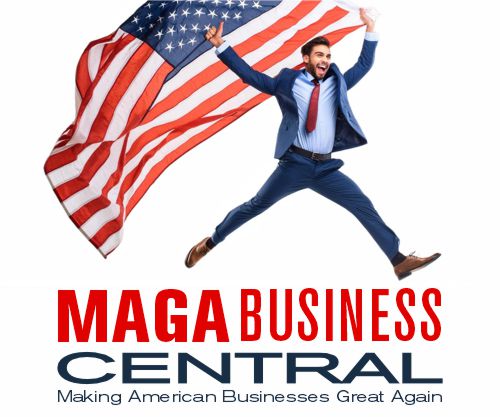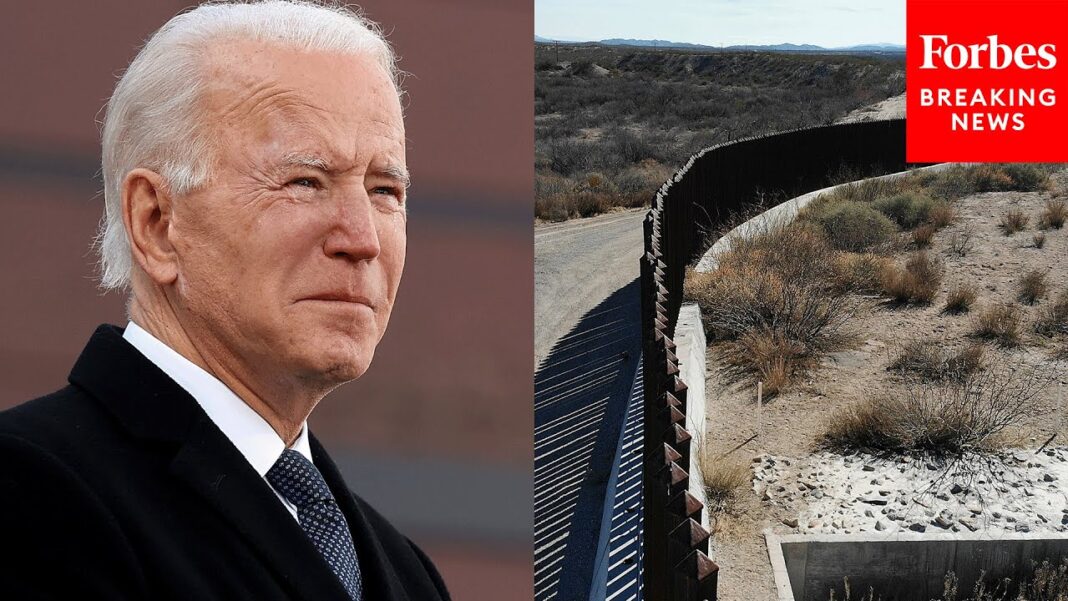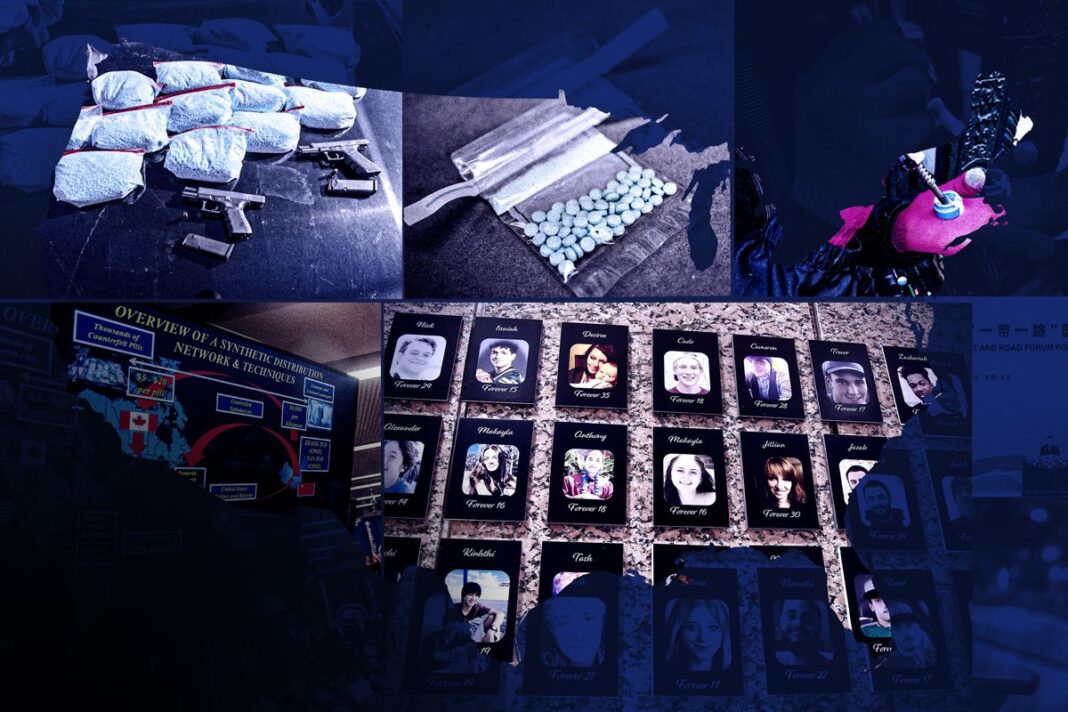After weeks of anticipation, the White House is ready to unveil Trump’s reciprocal tariff plans.
April 2 will be America’s “liberation day,” President Donald Trump says.
The president is set to unveil his administration’s reciprocal tariffs on U.S. trading partners. This initiative is to feature the United States matching tariff rates set by other countries on American goods.
“If they charge us, we charge them,’’ the president said in February. “If they’re at 25, we’re at 25. If they’re at 10, we’re at 10. And if they’re much higher than 25, that’s what we are too.’’
In recent weeks, Trump and other White House officials have given hints about what to expect. Whatever happens, Trump has touted April 2 as the day that the United States will get its “money” and “respect” back after decades of being “ripped off and abused by every nation in the world—both friend and foe.”
Why Trump Is Imposing Reciprocal Tariffs
According to Commerce Secretary Howard Lutnick, the president’s second-favorite word is “reciprocity,” with “tariff” as his top word.
In February, the president announced his “fair and reciprocal” plan, a comprehensive strategy to restore fairness to international trade and counter a diverse array of trade barriers erected by America’s trading partners.
The Trump administration alluded to various examples of countries implementing high tariff rates on U.S. goods, which together place American businesses at a disadvantage on the world stage.
Brazil, for example, imposes 18 percent levies on U.S. ethanol exports. By comparison, the U.S. tariff rate on ethanol is 2.5 percent.
“As a result, in 2024, the U.S. imported over $200 million in ethanol from Brazil while the U.S. exported only $52 million in ethanol to Brazil,” the White House said in a Feb. 13 fact sheet.
The European Union maintains a 10 percent import duty on imported automobiles. Conversely, the United States manages a 2.5 percent tariff rate.
But while U.S. officials have emphasized the importance of matching tariff rates imposed by other nations, the administration is also assessing other non-tariff trade barriers.
By Andrew Moran







